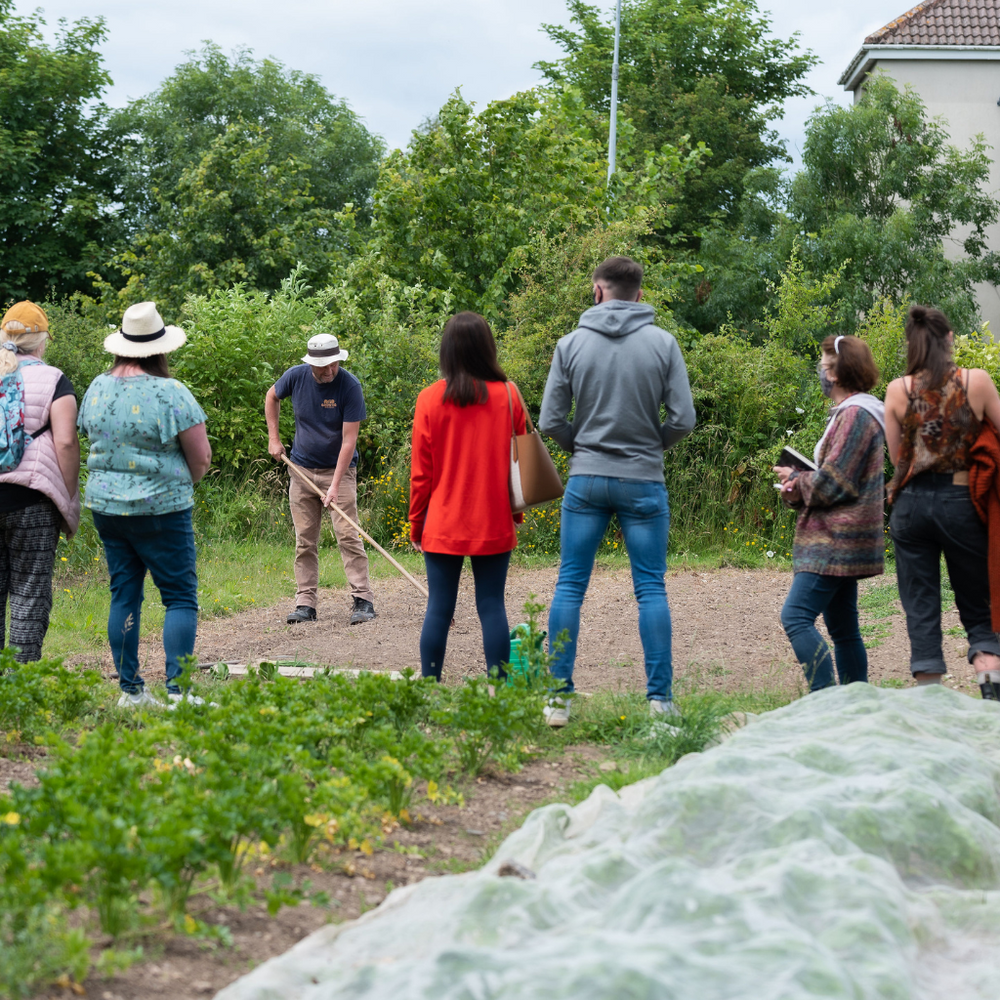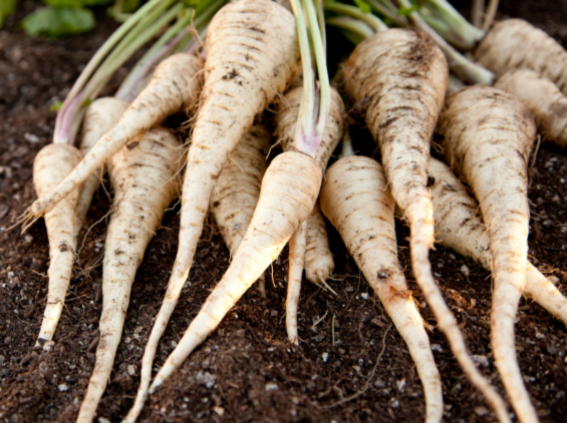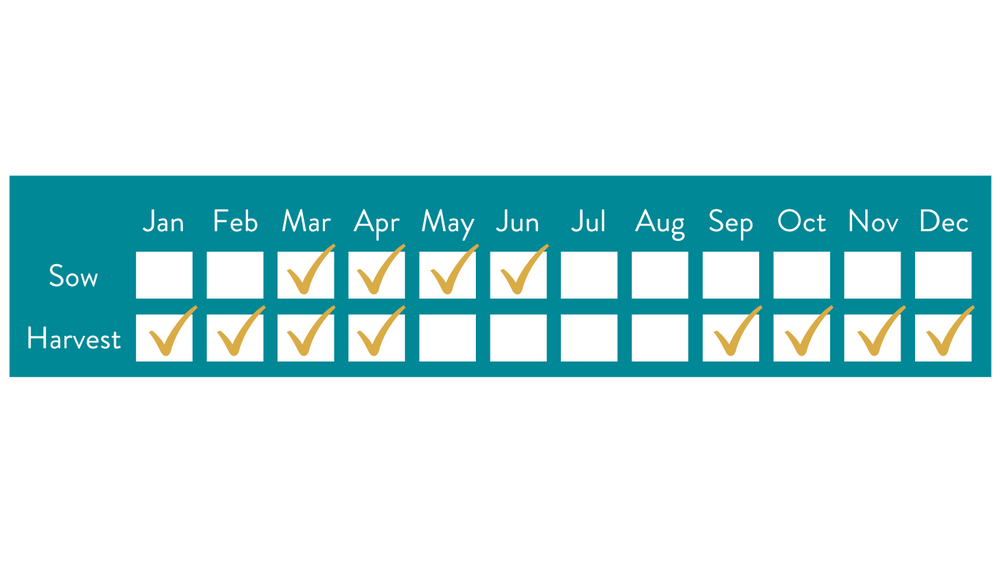
Video Guides
Need to build a raised bed? Or maybe you're battling those pesky slugs. We've got videos filled with easy and practical tips to help you in your veg patch.

Courses
Learn to grown, cook and eat some of your own food with our courses held at GROW HQ.

Parsnips
Veg Type:
Roots
Growing Location:
Outdoors

Earthy and homely, parsnips really do provide the quintessential taste of winter. Unlike carrots, they are relatively easy to grow (once you have persuaded them to germinate) and need very little attention. They will also stay in the ground quite happily – through even the worst winter weather – until you’re ready to eat them.
Recommended Variety
- Javelin F1
Sowing
- Parsnips grow best in a well prepared, deep, fertile soil. Addition of well-rotted compost and a general fertiliser one or two weeks before sowing gives best results.
- Sow parsnips direct into the soil in April or early May. For large parsnips sow in rows 30cm apart, and for smaller roots 20cm apart.
- Seeds can either be sown thinly along the row 1cm deep or can be “stationed sown”, where three seeds are sown at the point you want each plant – these are then thinned to one plant after emergence (germination).
- Final spacing for large parsnips is 15cm apart, and smaller roots 10cm apart.
Growing
- Weed carefully until established.
- Watering shouldn’t be necessary except in dry spells.
Harvesting
- Parsnips are ready to harvest when the foliage starts to die away in autumn, but flavour improves after the first frosts.
- Leave in soil until ready to eat, but lift by March. Lift carefully with a fork.
- If you have water-logged soil in winter you should lift the crop and store in a box of sand.
TIPS
- Always use fresh seeds – parsnip seeds don’t store well.
- Try sowing seeds indoors in toilet roll inserts filled with compost. Once seedlings are established, pop the whole insert in to a hole in the ground. This method works a treat!
Problems
- Canker (a fungus that produces brown/black growths on roots) is the main issue. Avoid sowing too early and use canker resistant varieties.
- Harvest if soil is waterlogged.
- Carrot root fly can be a problem – to prevent, use an insect net.
Our food system is broken and at GIY we believe that nurturing a real connection to where our food comes from is the key to fixing it.
We're on a mission to inspire a global movement of food growers, one GIYer at a time.
Sign up to be the first to hear about all things GIY.













